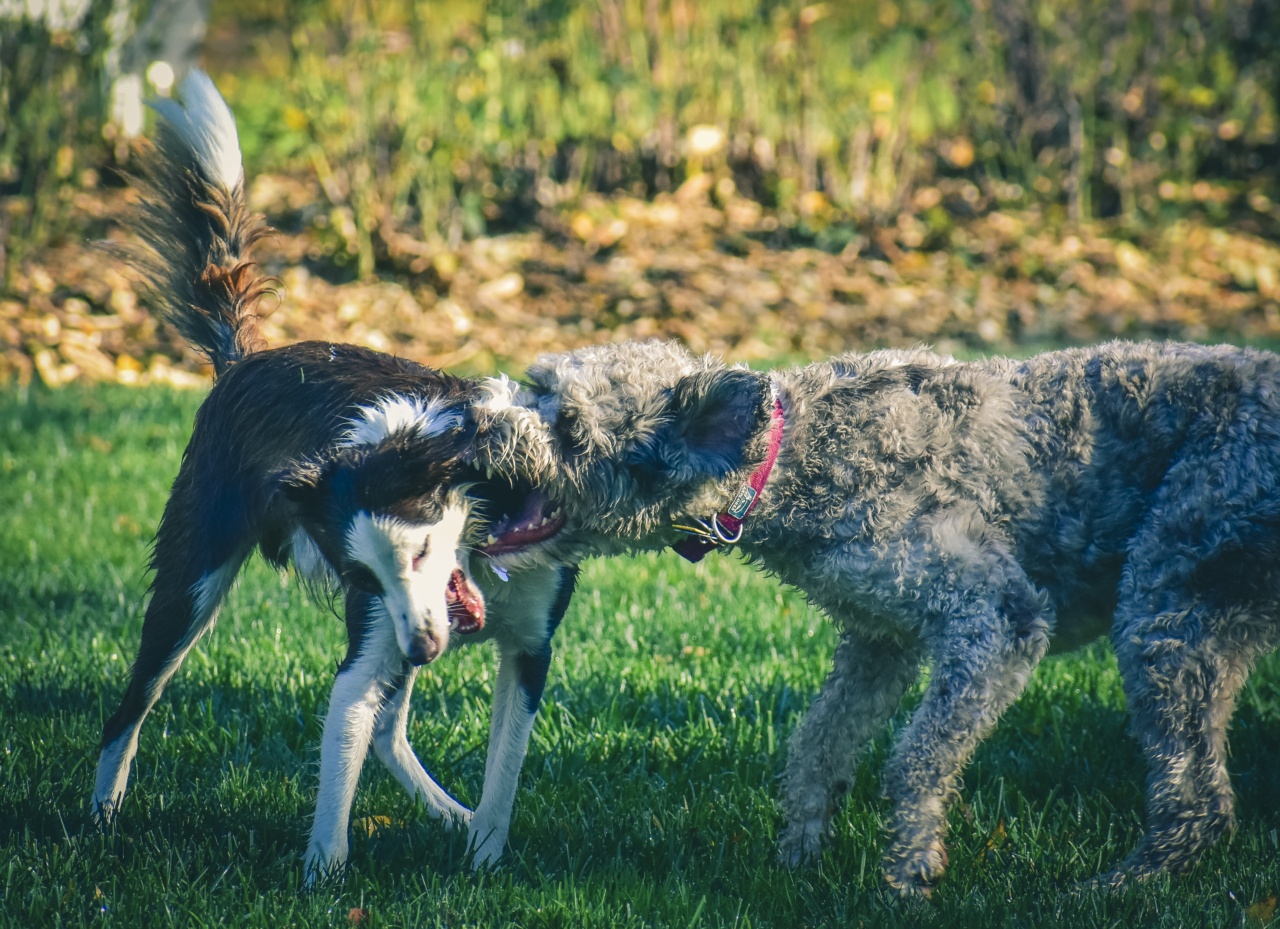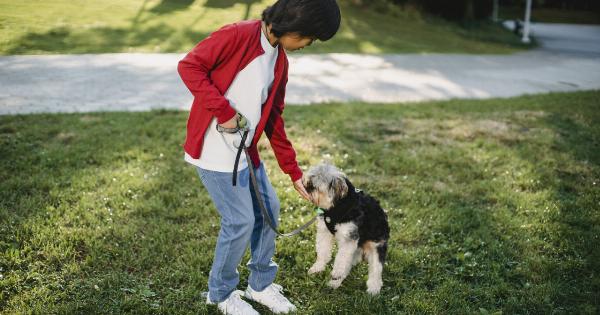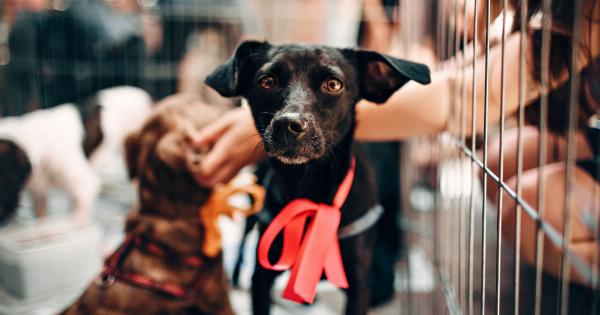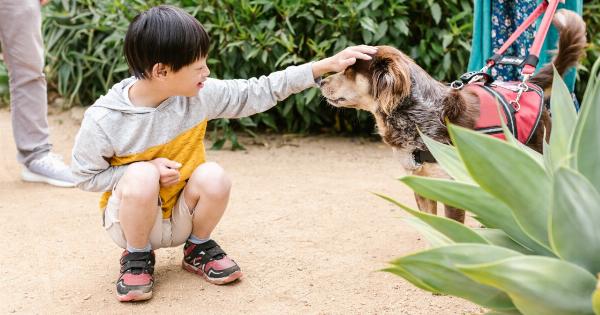Aggression in dogs is a serious problem that pet owners should take seriously. While it is easy to dismiss such behavior as just a phase or part of the dog’s personality, it can escalate to dangerous levels.
As an AI language model trained to answer questions, I have identified five factors that can cause aggression in dogs.
1. Fear and Anxiety
One of the most common causes of aggression in dogs is fear and anxiety. Dogs that are afraid or anxious may resort to aggressive behavior as a means of self-defense.
For example, if a dog perceives a stranger as a threat, it might growl, snarl, or even snap at them. This is often seen in rescue dogs who have had bad experiences with humans or other dogs in the past. It is important to address the root cause of the fear and anxiety to ensure that it does not escalate.
2. Pain and Illness
Dogs in pain or suffering from an illness may become aggressive as they try to defend themselves. For example, a dog with a painful ear infection may snap at its owner when they try to clean its ears.
Similarly, a dog that is suffering from arthritis or another painful condition may become more aggressive and irritable. It is important to take your dog to the vet for regular check-ups to ensure that any underlying conditions are detected and treated.
3. Lack of Socialization
Dogs that are not socialized properly may become aggressive towards humans or other dogs. Socialization involves exposing your dog to different sights, sounds, smells, and people when they are young.
When a dog is not properly socialized, it may perceive new experiences as a threat and become aggressive. To prevent this, it is important to expose your dog to different stimuli and situations gradually and in a controlled manner.
4. Lack of Training and Discipline
Dogs that are not well trained and disciplined may become unruly and aggressive. If a dog does not know what is expected of it, it may resort to aggressive behavior as a means of getting its way.
This is often seen in dogs that have not been crate trained, leash trained, or taught basic obedience commands. It is important to establish a routine and set clear boundaries for your dog to prevent such behavior.
5. Genetic and Breed Predispositions
Finally, some dogs may have genetic or breed predispositions to aggression. For example, breeds like Pit Bulls, Rottweilers, and Doberman Pinschers are often associated with aggression.
However, it is important to note that aggression is not inherent in any breed and that it can develop due to the aforementioned factors. If you have a dog breed that is known for being aggressive, it is important to provide proper socialization and training to prevent any problematic behavior.
Conclusion
In conclusion, there are many factors that can contribute to aggression in dogs. It is important for pet owners to be aware of these factors and take steps to prevent or manage any problematic behavior.
By addressing the root cause of aggression and providing proper training and socialization, we can help our dogs become happy, well-behaved members of our families.






























